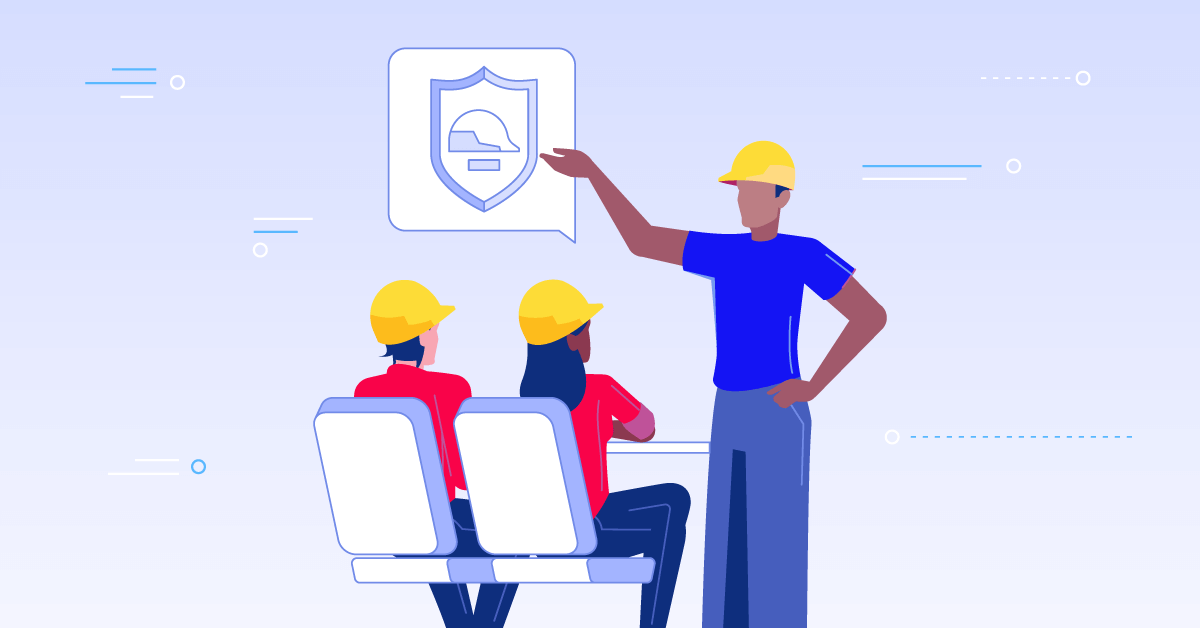Yet, you’ll find some eLearning courses just don’t engage their learners at all: instead of being something new, they are the same old stuff, bundled up as a video of a presentation and offered to the learners, who – quite rightly – will ask: “What’s the point of doing this?”. Instead, really effective eLearning course design embraces the opportunities that an online environment can offer and creates content that’s fully interactive.
What is Interactive eLearning?
One of the issues faced by traditional class delivery is that it can be quite passive – the material is presented, the learner copies it and may then be tested. It’s akin to a monologue – that is, it’s a one-way flow of information, leaving the recipient no chance to interject, to question, or, crucially, to contribute. The best practice is one where the learner interacts with the content. Consider it as a dialogue: Both sides participate, question and contribute.
There are several levels of interactivity in eLearning, from an essentially passive experience, with simple videos and graphics and virtually no interaction, bar a simple quiz, right up to a fully immersive experience, with interactive games, simulated environments and avatars, where the user is in complete charge of what they are learning.
How interactive eLearning helps corporate learners
The benefits of an interactive learning experience are many. From an adult learning perspective, it has long been well known that the more engaging and inspiring the content, the better people learn. Interactivity not only facilitates this, but also improves attention while studying and later, memory retention. From an online corporate training perspective, it encourages and enhances the skills you need in your employees.
The more engaging and inspiring the content, the better people learn.Share on
First, interactive eLearning is to a large extent reactive – that is, the learner needs to consider and deal with the scenario presented to them, to react. This is especially the case with simulations, when learners have the freedom to experiment with decisions in a risk-free setting. In a corporate environment, learners can practice with real-life scenarios: You can create customized content based on your organization’s own history and see how your employees react.
Interactive content also promotes engagement. Just look at how hard it is to prise a teen off a computer game! From an eLearning perspective, however, any content that is learner-centred will involve the user: learners become the participant rather than the spectator, and will actively want to be a part of the training experience. That engagement then carries over into their work environment, as they will feel greater confidence about their work. Game-based scenarios are particularly good at motivation, especially where a competitive element is involved.
The other major advantage of interactivity is that it promotes reflection. A fully immersive eLearning environment requires the learner to react to the situation they face, consider their actions or choices, and move the scenario forward.
By reflecting on the eLearning experience, the learner can then incorporate the content and strategies from what they’ve gleaned into their own thinking processes, and these will then inform their working practices. Being able to reflect on one’s performance, to consider what went well and what didn’t work out, is a critical tool for corporations, as it facilitates best practice in your employees.
Making Interactive eLearning Work in the Corporate Environment
As part of your corporate online learning, rich interactive course content is a must. You can create stories, scenarios and simulations that are customized to your precise requirements, and reflect any and all the situations you face on a daily basis. You can even mine your organization’s history to create virtual scenarios that have been dealt with in real life.
Because an online environment is risk-free, you can simulate all manner of situations, from straightforward workplace health and safety issues to complex boardroom-level negotiations with international clients. You’ll be able to experiment with differing reactions and decisions to see and understand what the outcome is.
How you develop your content is very much up to you, of course: You can create an engaging story that branches out according to the decisions made by the learner, or create a virtual training environment, where users can practise and enhance their skills safely.
You may also want to consider gamification as an option – turning your training into a competitive game, with leaderboards and badges. Gamified training is especially effective where learners will need to be fast, efficient and accurate in their working environment.
The beauty of interactive eLearning is that it’s not just to train your employees in a given situation: everyone in your organization from the CEO downwards will be able to benefit from exploring the content, testing scenarios and perhaps discovering new solutions.
Conclusion
By utilizing the plethora of online course creation tools available, you can create content that is not merely instructive, but immersive, engaging and enjoyable. Interactive eLearning benefits not just the learners, but your entire organization, by reflecting and simulating the challenges you face, and providing an environment where you can find solutions and discover novel answers to these. Give it a try – it sure beats watching a video and answering a quiz at the end!


